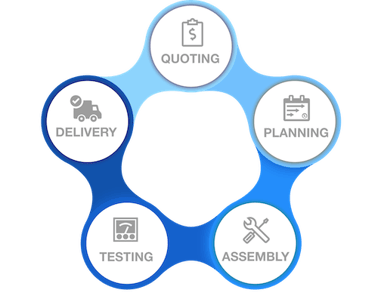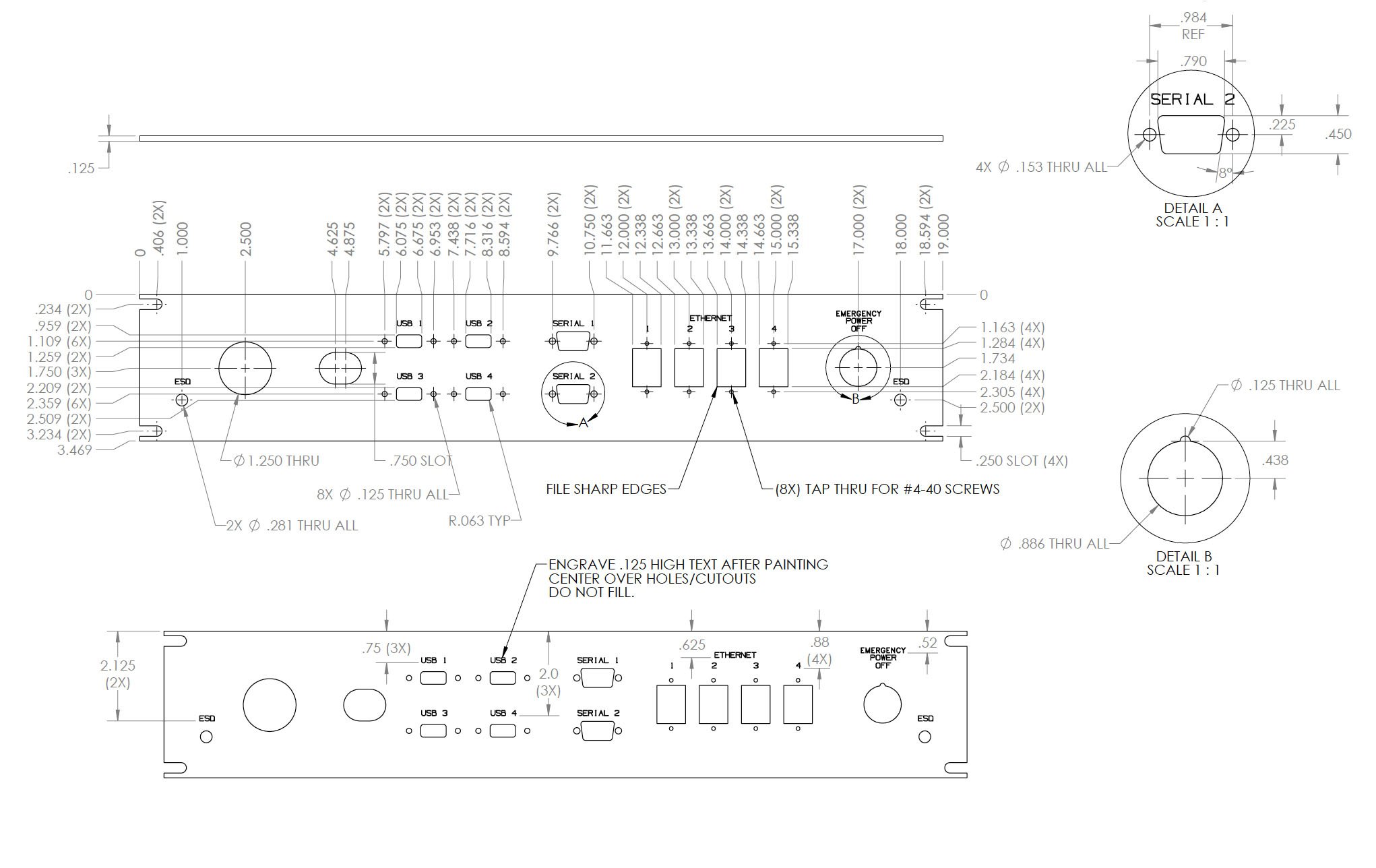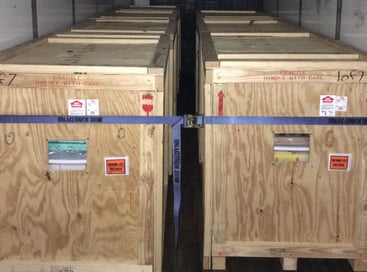+1 (317) 804-2330 | info@ballsystems.com | Blog
+1 (317) 804-2330 | info@ballsystems.com | Blog

During the new product introduction (NPI) process, the ability to quickly and effectively replicate test systems is essential for product manufacturers to capitalize on market opportunities. Leveraging a build-to-print partner during this process can benefit your organization through full-turnkey assembly of test systems that include purchasing, documentation management, assembly labor, inspection, and shipping. Below our team goes into detail on how each of these areas impacts new product introduction.
There is a substantial technical, logistical, quality, and related capability required to successfully complete test system build-to-print projects. Having an experienced team and a solid build-to-print process in place is crucial for maximizing potential time and cost savings.
Various types of experience impact how quickly and effectively your organization can introduce a new product to market. When your procurement team knows the ins and outs of finding hard-to-find parts, obsolete parts, or replacements for obsolete parts, you are able to leverage their experience to save time down the line. Additionally, having production technicians and design engineers that have diverse skillsets in assembling testers, experience in resolving technical issues, and making potential on the fly modifications all increase your odds of success in completing an on-time and on-budget project.
Using a clearly defined process enables your team to identify and find solutions for variables that could impact the project. This includes the quality of products, internal and external communication, production delays, inconsistency and unpredictability.
Part of your process should include an early thorough documentation review. Incorporating an initial assessment into your process before the build starts improves your chances of success and maximizes value and efficiency. A build-to-print partner can identify possible errors and hang ups as well as fully understand your needs and what physical requirements it takes to complete the project. The documentation review begins when the customer provides documents for the project. These documents are not always consistent from project to project. Some will be more clear and complete than others. There are many things to consider during a review such as:
The documentation review begins when the customer provides documents for the project. These documents are not always consistent from project to project. Some will be more clear and complete than others. There are many things to consider during a review such as:
When following a set process for build-to-print projects, supportservices unrelated to the actual build become essential when entering the shipping stage.  Due to recent regulatory changes, both domestic and international requirements have become stricter. Having an internal or outsourced group to manage all government documentation, customs, and shipping compliance will limit a variety of issues that could arise such as missing delivery deadlines, customs delays, or having to spend additional resources to fix non-compliant parts of the project.
Due to recent regulatory changes, both domestic and international requirements have become stricter. Having an internal or outsourced group to manage all government documentation, customs, and shipping compliance will limit a variety of issues that could arise such as missing delivery deadlines, customs delays, or having to spend additional resources to fix non-compliant parts of the project.
A unique benefit that a built-to-print partner offers is the ability to use deferred costs to your advantage when you outsource your projects. Deferring your cashflow and reducing costs is possible when you ask the team you are working with to purchase all materials for the job, build the unit, test the system, and prepare it for shipment before you get an invoice. Typically build-to-print projects are fixed-firm with invoicing at the time of shipment or delivery, vs. outlays of cash early in the project required to purchase materials and support in-house labor costs.
In addition, the company you partner with for build-to-print projects is more likely to have efficiencies that product manufacturers lack and have lower total burdened labor costs. As a result, outsourcing your test equipment production improves your cashflow efficiencies while also lowering actual P&L costs simultaneously. Lastly, the build-to-print business typically operates at lower profit margins for effective providers, which means the savings should be passed to you, thus lowering your own Cost-of-Test in both P&L and cashflow velocity terms.
To summarize, leveraging build-to-print during new product introduction provides multiple types of benefits throughout the process including finding mitigating risk, ensuring your build documents are up to date and accurate, ensuring efficient and consistent process adherence, providing shipping guidance, and giving you the option to defer costs.
Looking to see how Ball Systems approaches build-to-print? Contact us today to talk with one of our build-to-print experts.
Ball Systems designs, develops, and delivers custom test systems and produces comprehensive build-to-print systems for companies creating or manufacturing critical electronic or electro-mechanical components for automotive, aerospace and defense and consumer appliance applications.
Blog Comments